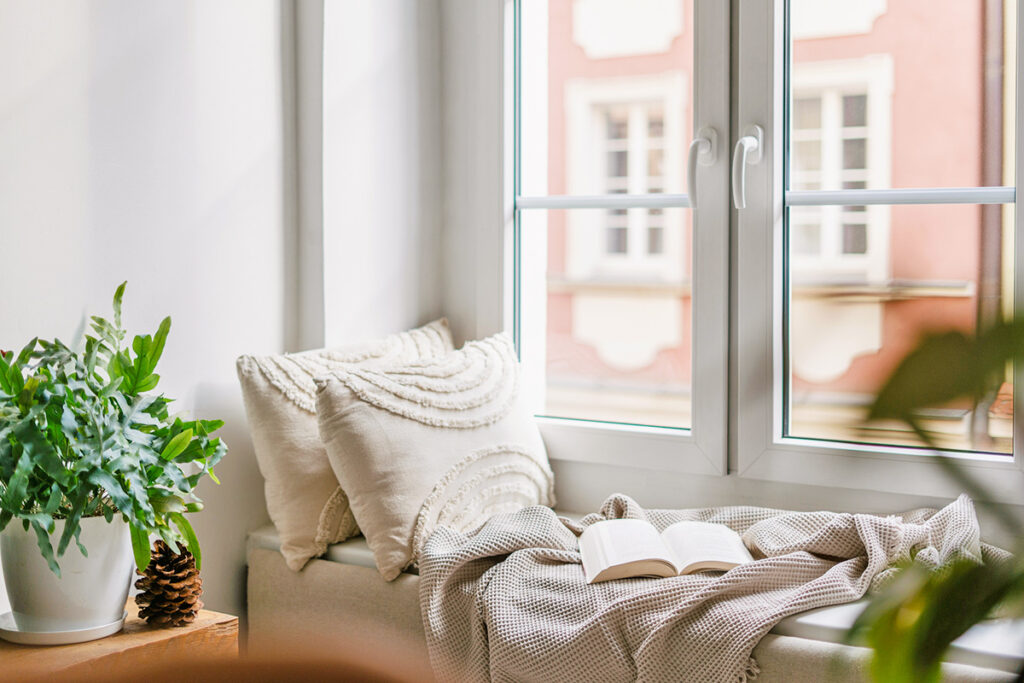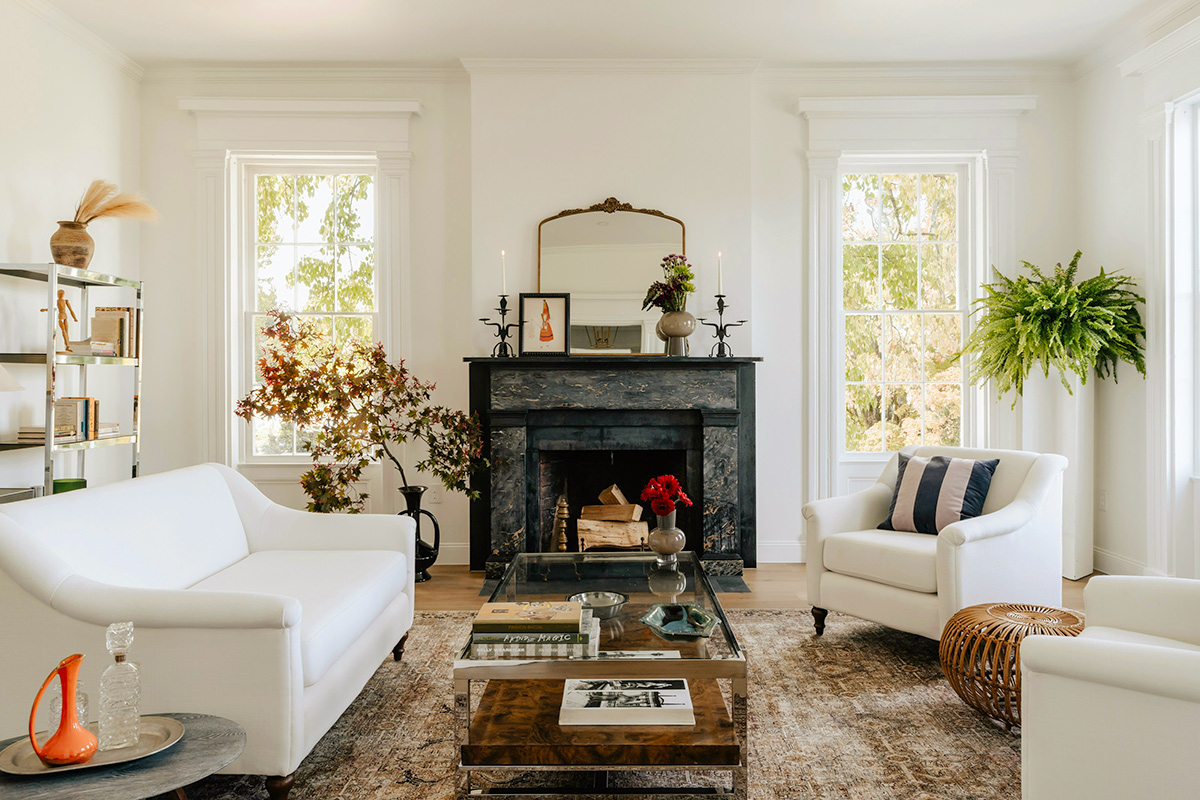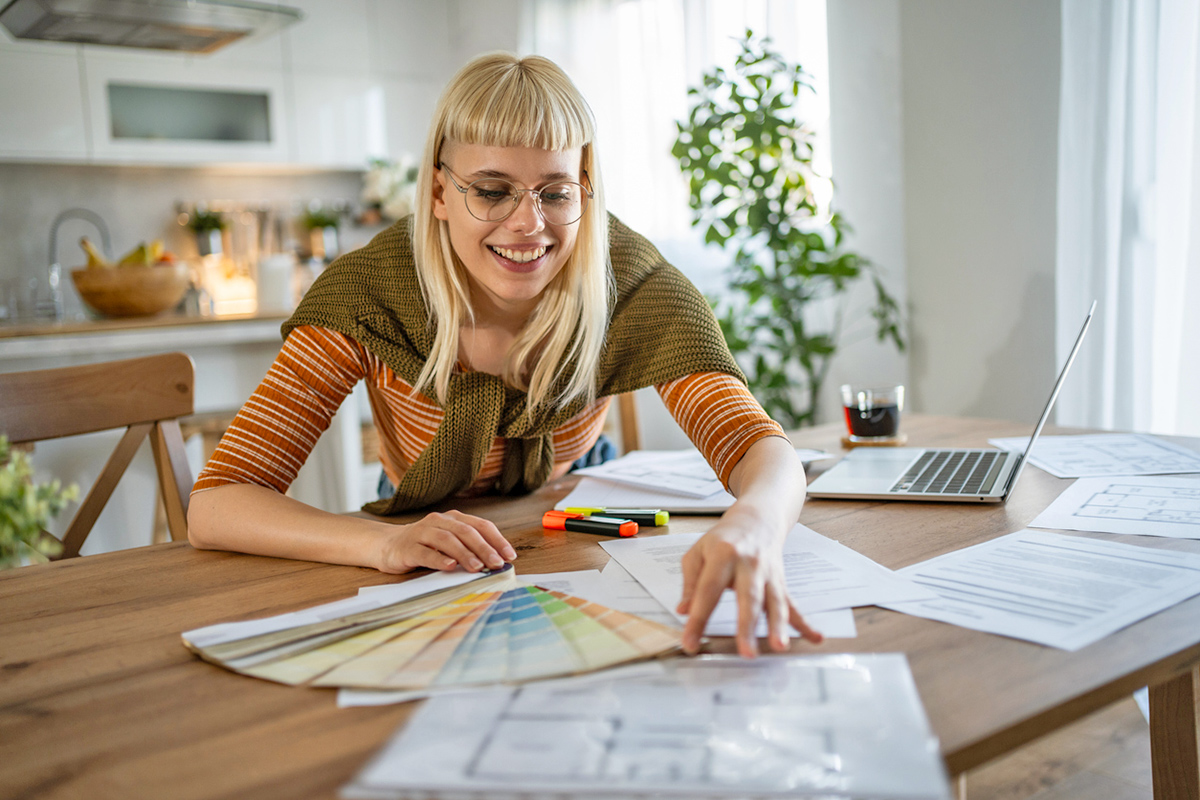Figuring out how to combine interior design styles is a common conundrum. Maybe you’re drawn to colorful, eclectic design while your partner prefers Scandinavian minimalism. Whether you’re moving in with someone or simply love multiple aesthetics, blending styles can turn decorating into a power struggle. How do you marry contemporary furniture with farmhouse decor or…
“Understanding how to mix styles with intention comes down to using elements that complement each other in a thoughtful, cohesive way,” Kyle McDavid says. “A common mistake is mixing pieces without considering how they relate visually or emotionally, which can make a space feel disconnected or chaotic.”
Read on for Kyle McDavid’s top tips for combining styles to create a more harmonious home, both aesthetically and relationship-wise.
Identify the Foundation of Each Style
When helping clients navigate opposing design tastes, Kyle McDavid begins by breaking down the styles. “I start by identifying the core of each style,” she says. “For example, minimalism brings clean lines and negative space while bohemian adds warmth and texture.” Understanding what each person values most about their preferred aesthetic helps to successfully blend them.
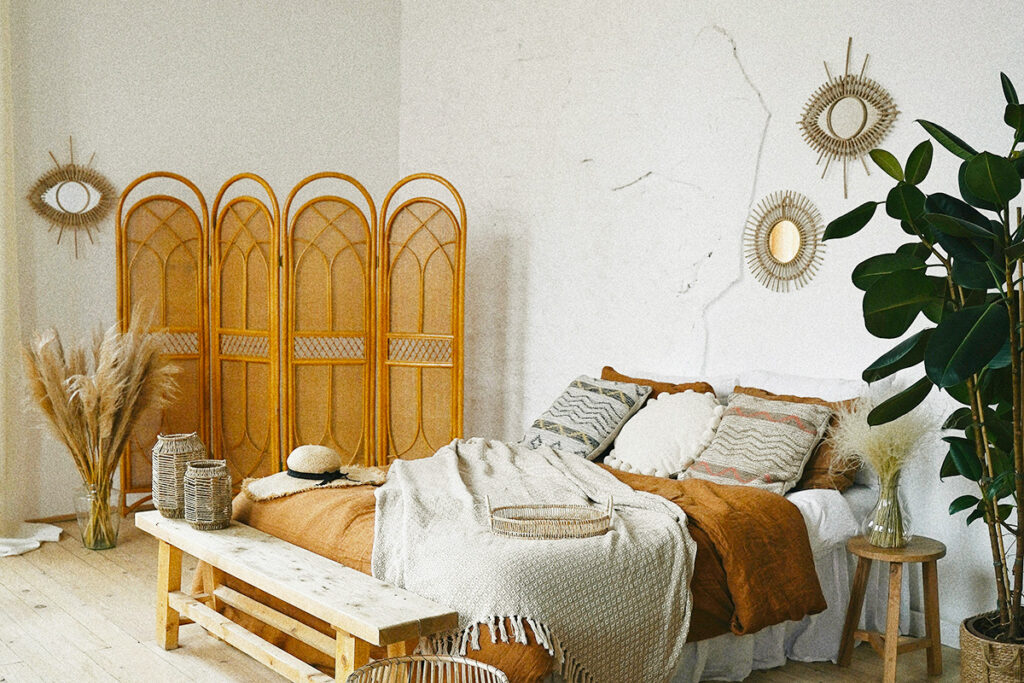
Let One Style Take the Lead
One of Kyle McDavid’s key strategies for mixing opposite styles is to designate a primary style, with the other serving as an accent. A room may lean traditional with classic furniture, while art deco accents add pops of color and glamour. This approach maintains harmony while allowing both personalities to shine.
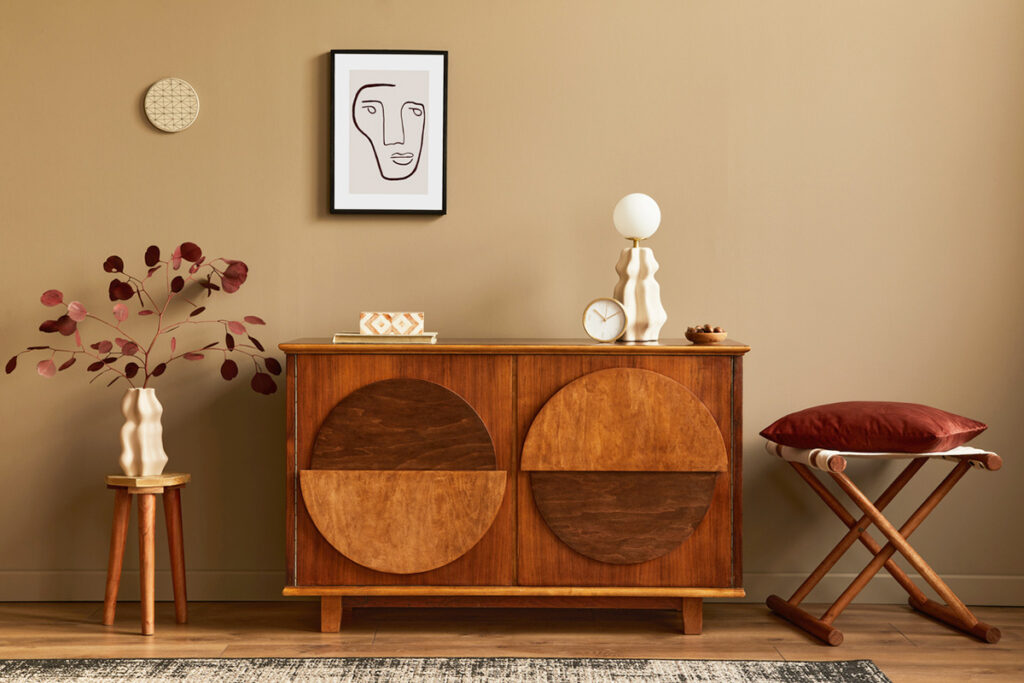
More from our network
House Outlook is part of Inbox Studio, which publishes content that uplifts, informs, and inspires.
Find the Balance
Blending contrasting styles is all about balance and restraint, Kyle McDavid says. Focus on unifying the space through shared undertones or a strong focal point that anchors the room. “Every choice should feel deliberate,” she advises, “because intentional layering is what elevates a space from mismatched to masterfully curated.”
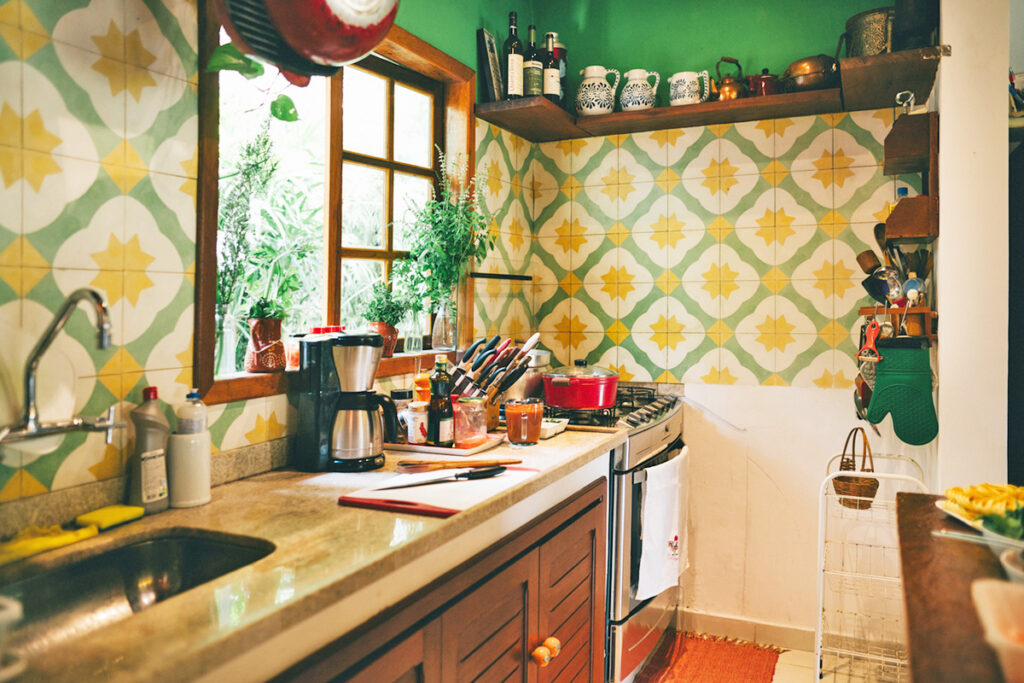
Look for Common Features
Take inventory of nonnegotiable pieces that must stay, such as a beloved piece of art or an heirloom dresser. Then find what they have in common. “I look for unifying elements like a shared color palette, repeated materials, or consistent scale to create cohesion,” Kyle McDavid says. “When it’s done thoughtfully, those opposites don’t clash — they elevate each other.”
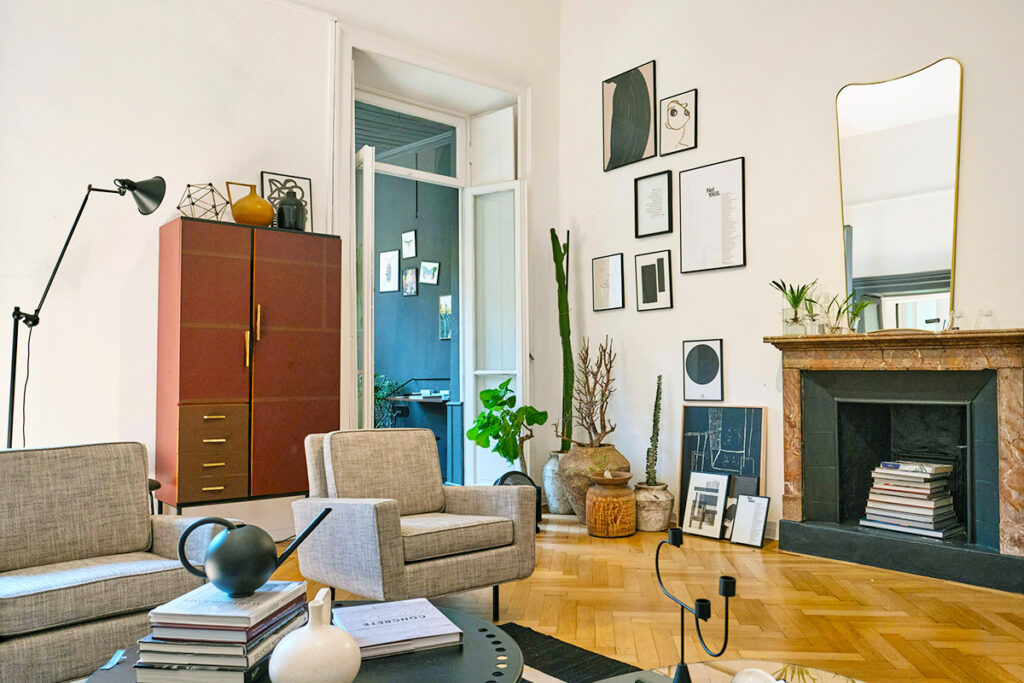


Use Visualization Tools
If you’re feeling overwhelmed by divergent tastes, begin with a mood board. “We combine images from interiors, furniture, fashion, and lighting to set the tone of a space,” Kyle McDavid says. Mood boards act as visual roadmaps, offering a preview of how different elements can coexist — before you start dragging around heavy furniture or making a monetary investment. Digital rendering programs such as Blender and Illustrator help bring these ideas to life in both 3D and 2D, giving a realistic glimpse into the finished design.
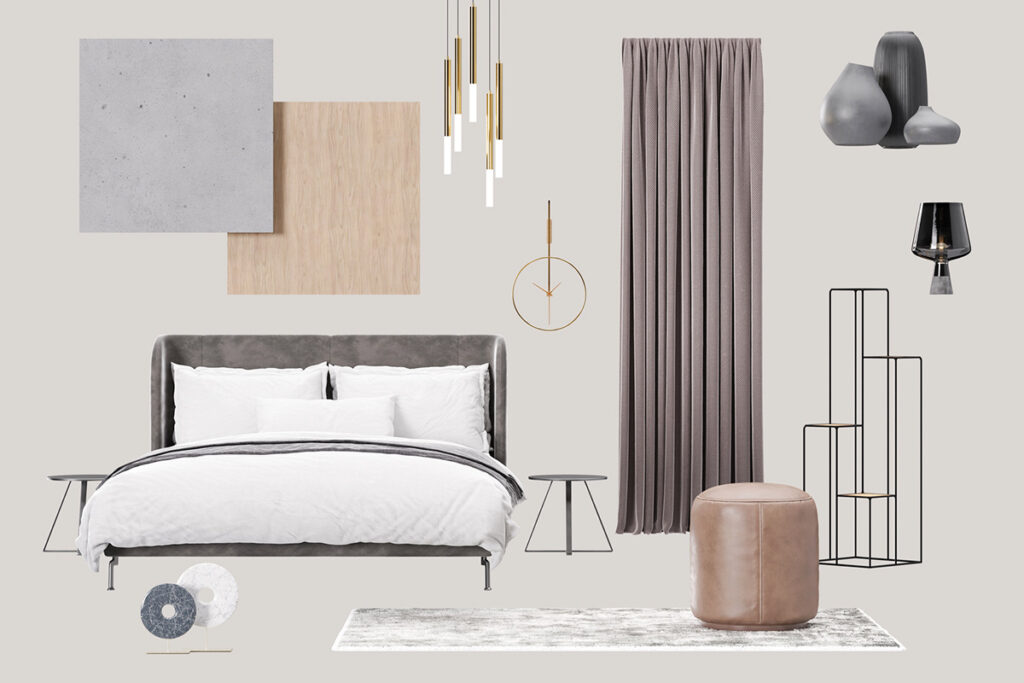
Find Emotional Common Ground
When couples have drastically different styles, Kyle McDavid shifts the focus to emotion over aesthetics. “I focus on finding the emotional common ground — what feeling they want their home to evoke,” she says. “It’s rarely about choosing sides, and more about blending elements intentionally.”
Perhaps both partners envision a welcoming space for entertaining or a calm retreat to call it a day. Defining these shared goals helps steer decisions on furniture, color, and decor. “The key is creating a space that reflects both people, without it feeling like a compromise,” Kyle McDavid adds.
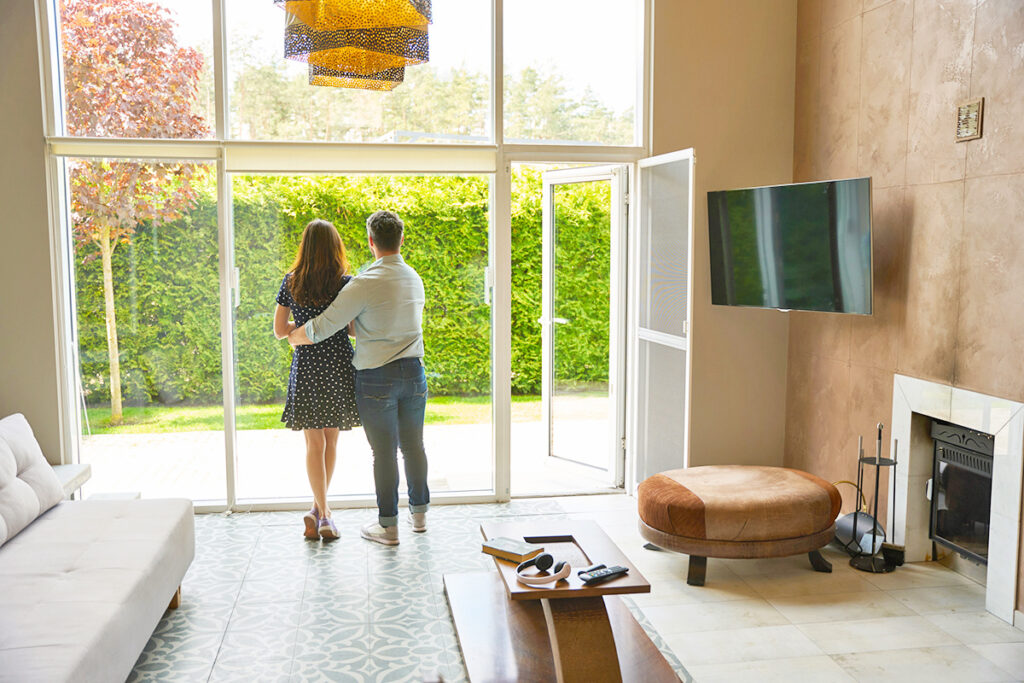
Rely on Repetition
Repetition aids in tying any room together, helping disparate elements feel intentional. Don’t take repetition too literally, though. “Instead of repeating the exact same color, shape, or material, I focus on creating a consistent feeling or aesthetic throughout the space,” Kyle McDavid says. That may look like repeating an undertone, perhaps warm neutrals or cool grays, or echoing a texture or silhouette in subtle ways. “It’s less about being matchy and more about creating a visual rhythm that feels cohesive, even when styles vary.”
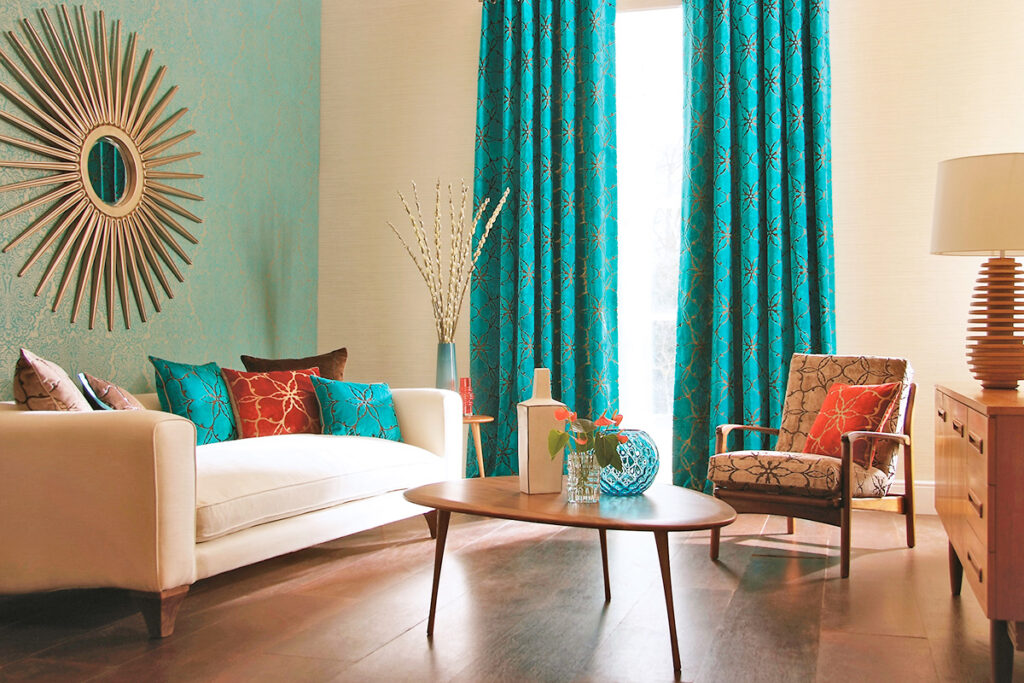
Tie It Together With Textiles
For a simple (and affordable) way to fuse clashing styles, Kyle McDavid’s go-to solution is textiles. “Swapping in a few throw pillows, a rug, or even new curtains can totally shift the vibe without a big investment,” she says. Look for textiles that bridge both styles, such as a modern pattern in a cozy, natural fabric. “It helps tie everything together in a way that feels effortless.”
